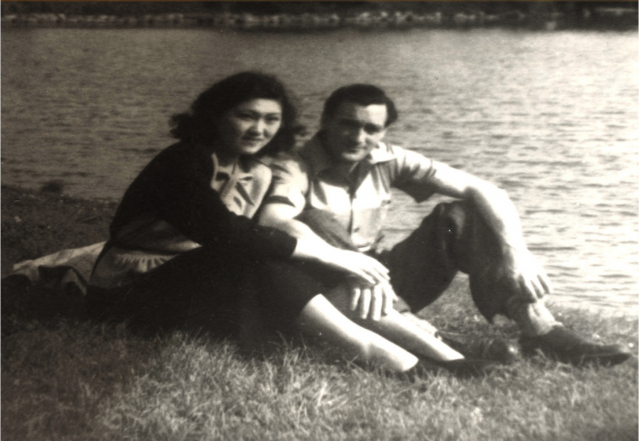Examining Meghan Markle and Prince Harry: An African JourneyPosted in Articles, Identity Development/Psychology, Media Archive, United Kingdom, United States on 2019-11-19 00:43Z by Steven |
Examining Meghan Markle and Prince Harry: An African Journey
Psychology Today
2019-11-18
Sarah Gaither, Ph.D., Assistant Professor of Psychology and Neuroscience
Duke University, Durham, North Carolina
Dr. Jennifer Sims, Assistant Professor of Sociology
University of Alabama, Huntsville

Source: ComposedPix_Shutterstock
“Mixed” reactions highlight mixed-race issues in the US and the UK.
Even before the full documentary “Harry & Meghan: An African Journey” aired on ABC, social media was abuzz from a teaser clip of Duchess Meghan Markle being interviewed. In the video, an off-screen Tom Bradby is heard asking Markle how she is doing. She thanks him for asking, saying that not many people do, and answers that the media attention has been difficult on top of being a newlywed and a new mom. Here, Meghan noted her struggles not just as a mom, but as a newlywed and a new royal. Her multiple identities—both those that were newly obtained and those she has always had such as being multiracial—were highlighted in this documentary. Thus, this documentary reminded viewers around the world how easy it is to be judged and excluded particularly when you represent multiple groups.
Many were moved by her words. On Twitter, messages of support, crying GIFs, and jokes of being ready to fight for her were tweeted under the hashtag #HarryAndMeghan. Others, however, were less sympathetic. Talk show host Wendy Williams said that “nobody feels sorry for” Markle and that the Duchess “knew exactly” what she was doing marrying into the British royal family. Jane Ridley of the New York Post noted that “Something’s off when you’re bemoaning your lot as a VIP;” and author Dominic Green called it entitlement to say one is “existing, not living” when that existence is “on millions of pounds of taxpayers money.”
From a psychology angle, these “mixed” views of Markle (pun intended) correlate with the confusion and varied reactions that mixed-race individuals often face. Past work highlights the constant identity questioning and denial that mixed-race individuals face since they often don’t fit into either of their racial in-groups. In Markle’s case, she not only is mixed-race but also is now bicultural as she balances both U.S. and UK expectations…
Read the entire article here.




